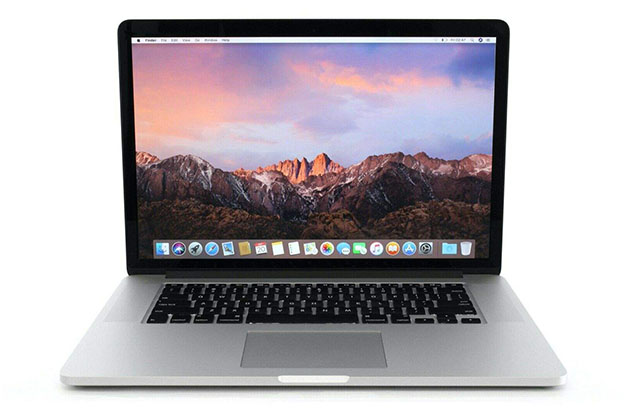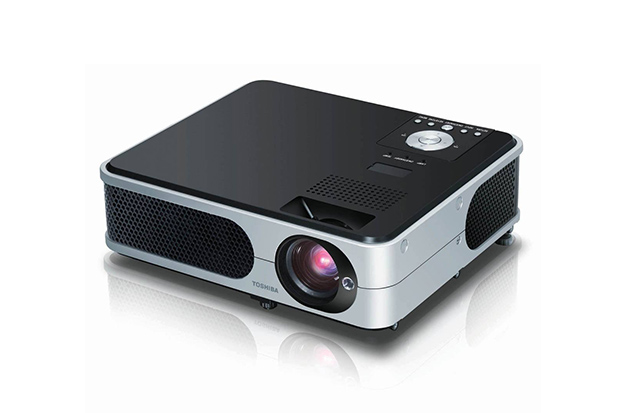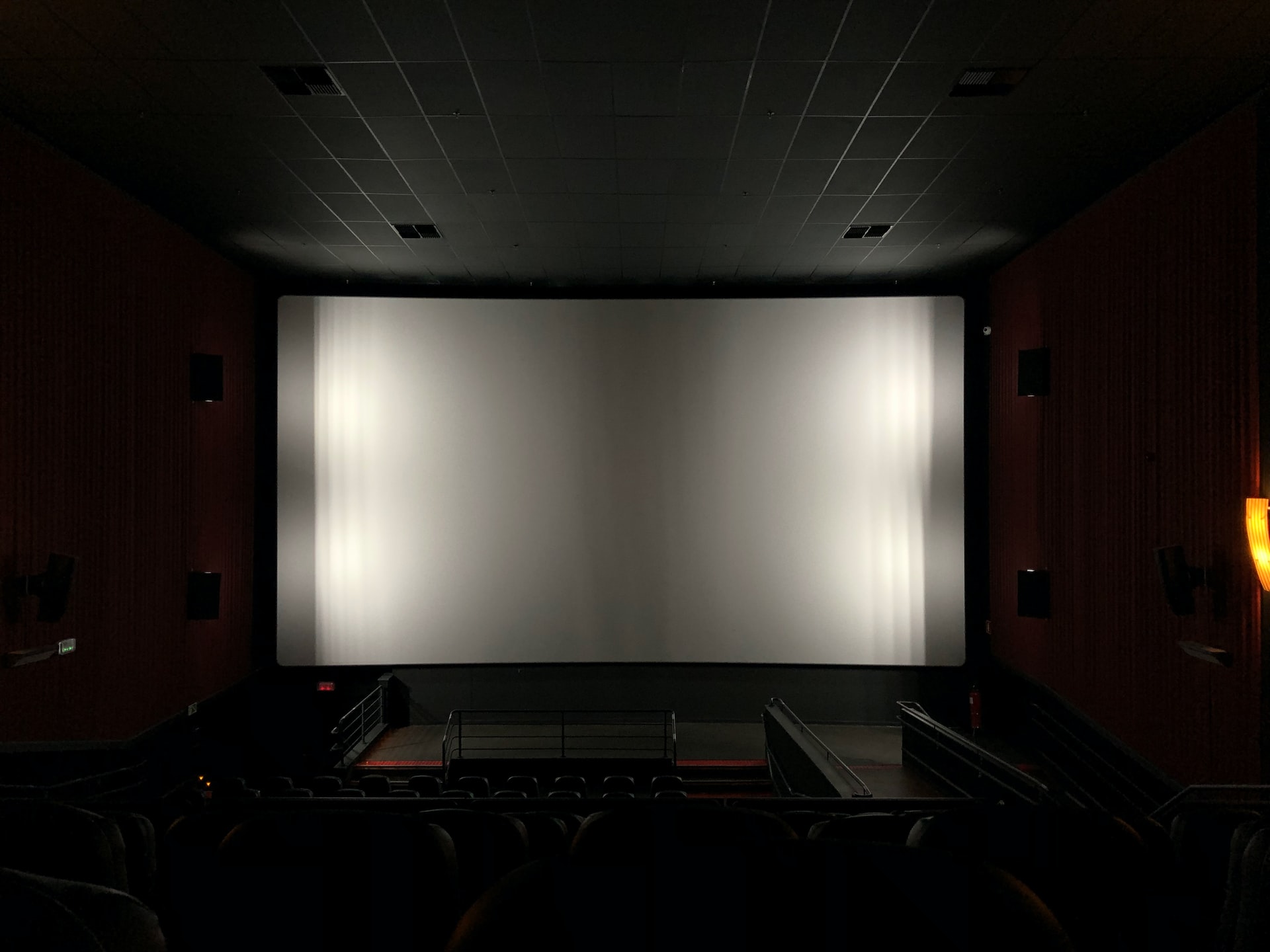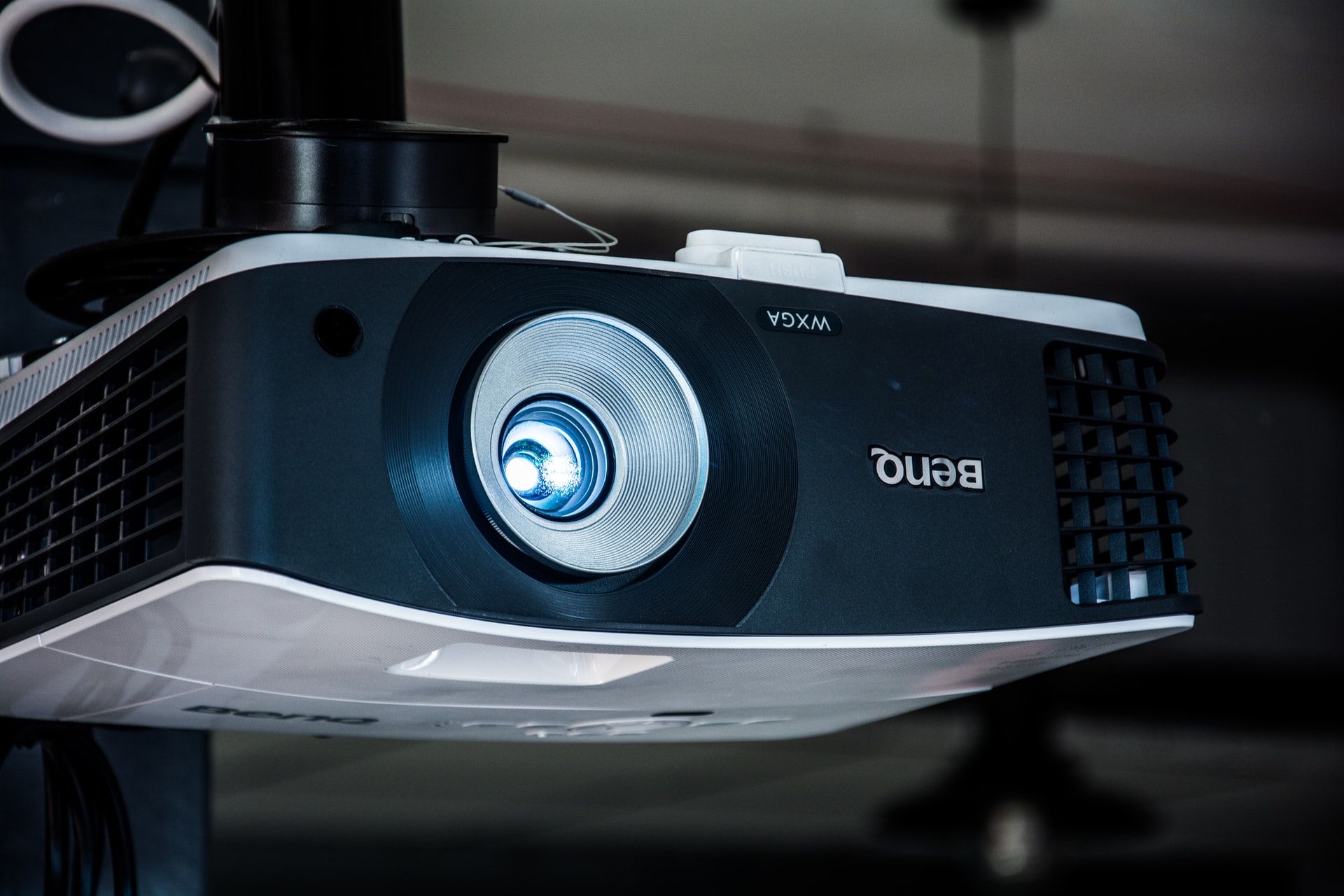Why does my Macbook not detect the projector? You may encounter connection issues between your Macbook Air or Macbook Pro device and your projector, and therefore It isn’t picked up by Mac. Video projectors are a fantastic substitute for television and are ideal for a relaxing Netflix night in. For simple detection issues, it would be a shame to be without! Like many accessories, your projector may not yet be compatible with your Computers: MacBook Air or MacBook Pro. Do not panic, it is quite possible to make it compatible with your device, whether you use an HDMI cable, a thunderbolt adapter, or even a video projector wireless. In this article, you will find the different steps to follow to resolve the failure of a Macbook Air or Macbook Pro computer that does not recognize a video projector and that meets monitor detection problems, as well as some advice if you are having display problems (whether you manage to have the sound but not the image for example, or an image not adapted to the screen). Good reading!
Table of Contents
Why Does Not My Macbook Recognize My Projector?
There may be several reasons why your Macbook Air or Macbook Pro computer is not recognize your video projector. Your connections are not optimal or, even if it is quite rare, your Computers like the MacBook Air or MacBook Pro are unable to recognize and consequently automatically detect your video projector. Your Mac and video projector are not naturally compatible. Don’t worry; below, you will find the appropriate fixes for each of the causes of this malfunction.
Some Tips For Connecting A Projector To Macbook
You should know that a video projector has at least one connection VGA, but it is also possible that your projector has other inputs, such as connections HDMI, DVI or even DisplayPort.
As for your Macbook Air or Macbook Pro computer, it will also (if it is recent enough) have an interface DVI ou Mini DVI and a Mini-DisplayPort. If your computer is recent enough, it will support the interface protocol Thunderbolt.
There is a cable (or adapter when needed) for all videoproj / Mac combinations (HDMI toward Thunderbolt ou VGA toward Thunderbolt for example)
Check Cables, Ports, And Adapters
Check the condition of cable used, as well as adapters: Your Macbook Air or Macbook Pro computer won’t be able to correctly detect your projector just because they are damaged or too worn, or for any other reason. Disconnect them then reconnect them in order to locate the faulty accessory. You will then need to have it repaired or replaced if necessary after the latter is discovered. As to connection ports, check instate of cleanliness: Your Macbook Air or Macbook Pro computer and your projector may not be able to connect properly if the ports are clogged with dirt or dust. In order to clean your Apple device effectively and safely, you can find helpful advice in this article.
Check The Compatibility Of Your Projector On Mac
System OSX is able to detect monitors (and therefore the video projectors) at the very moment when they are connected to your Computers used in 99% of cases are Macbook Air or Macbook Pro. But if you’re really unlucky, it’s possible that your videoproj won’t be automatically detected. It will then be necessary force detection of new screens (from your video projector therefore). For your Macbook Air or Macbook Pro computer, follow these steps to “make compatible” and “make detectable” your projector:
- Go to the menu Apple (the little black apple located at the top left of your screen).
- Click on System Preferences
- Now open the dashboard Moniteurs
- Now hold down Option depressed
- The button Gather the windows at the bottom right will then be transformed into Detect monitors.
Here you are, you can now use your projector on your Macbook Air or Macbook Pro computer which will now be able to detect et recognize this last.

Mac Projector Display Problems: How Do I Fix Them?
There are a few things that must be checked first: it may be that simply updating the software on your To fix some display issues, a Macbook Air or Macbook Pro is sufficient. Therefore, see if your Apple device can receive updates.
The projector power cable should be plugged in and in good condition. If it is damaged or excessively worn, you know the solution to your problem. Check the connections as well. Additionally, make sure the connection ports are clean and unobstructed by dirt or dust. Of course, make sure that every adapter you use is in working order.
Additionally, change the resolution if necessary after adjusting the brightness and contrast in all video settings. If the image is fuzzy or cloudy, don’t forget to look at the screen resolution as well. Last but not least, make sure your Macbook Air or Macbook Pro computer has all necessary third-party software installed for your projector.
How Can An Apple Macbook Be Connected To A Projector?
You have created a nice presentation that you want to share with your coworkers. You can be certain that your message is received by using a projector. It’s simple to connect your Apple MacBook to a projector. You can finish quickly if you have the proper cable converter. We’ll go over how to quickly and easily connect a projector to your MacBook in this article.
Step 1: Determine What You Need
You frequently need a cable converter to attach a projector to your Apple MacBook. This is due to the fact that most projectors can be connected using an HDMI or VGA connector. All ports on more recent Apple MacBook models (2015 and later) are Thunderbolt 3 (USB-C). Therefore, check the connectors you have. Have you got USB-C ports only? Use a cable converter in that situation.
Step 2: Connect The Projector To Your Macbook
It’s time to attach the projector to your MacBook now:
- To a socket, attach the projector’s power cable.
- The projector can be started by pressing the on/off button.
- Utilize the converter’s HDMI or VGA cable to connect the projector to your Apple MacBook.
Step 3: Choose The Right Settings
Do you immediately obtain the desired image? You can start delivering your presentation. If there is no signal, take the following actions:
- On your screen, click the tiny apple symbol in the upper left corner.
- Click System Preferences and then Displays.
- Hold down the Option key and then click Detect Displays at the bottom right of the screen.
Afterwards, decide if you want to Mirror or Expand the screen. Turn Mirror Displays on or off for this.
Common Problems
- How can the display be made larger on a Mac? Set up dual monitors on the Mac to expand the screen’s size. Use the HDMI, Mini DisplayPort, USB-C, or Thunderbolt ports to connect the monitor. Set the monitors in their desired positions and turn on the Mac. Open System Preferences > Display > Arrangement and uncheck Mirror Displays.
- How can I set a monitor as my Mac’s primary display? To set an external display as your main monitor, open System Preferences > Display > Arrangement. A white bar will be visible above one of the displays. To make a different display your primary display, click and drag the bar there.
- How can I prevent a Mac from turning off the screen? To prevent a Mac from going to sleep and turning off the display, go to the Apple menu > System Preferences and select Energy Saver. Select the slider and move it to Never. Now, the Mac display won’t turn off.
Read more about: How to Connect a Chromebook to a Projector



